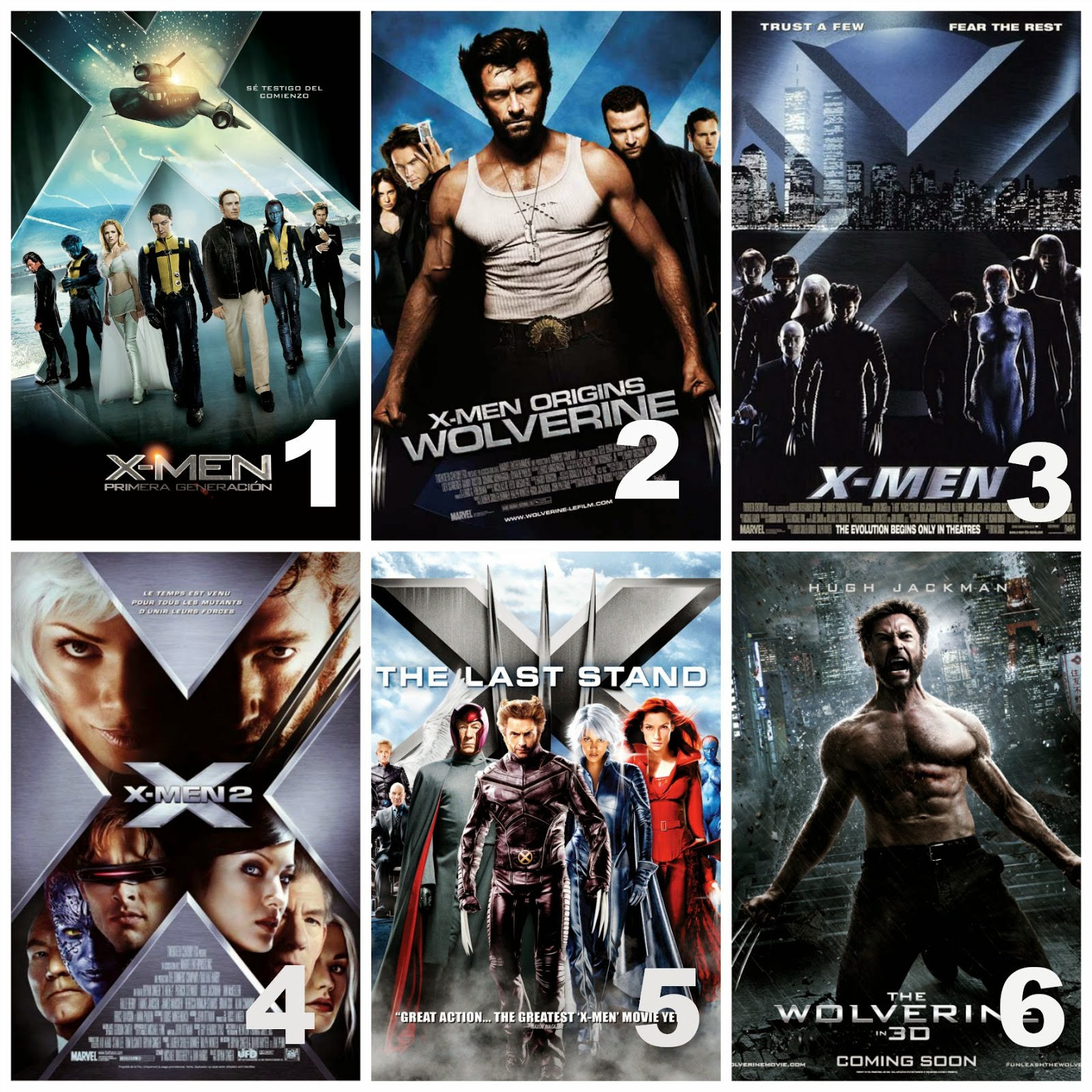X-Men Order: The Evolution Of A Legendary Franchise
In the realm of comic book lore, few franchises have captured the imagination quite like the X-Men order. From their inception in the 1960s, the X-Men have transcended the pages of comic books to become a multifaceted cultural phenomenon that includes animated series, blockbuster films, and an expansive universe of merchandise. This iconic group of mutants, each with their unique abilities and backstories, has not only entertained millions but has also sparked important conversations about identity, acceptance, and the struggle against prejudice.
The X-Men order is not just about superpowers and epic battles; it is also a narrative exploration of the human condition, reflecting society's challenges and triumphs. As we delve deeper into this fascinating universe, we will uncover the different phases of the X-Men saga, the key figures involved, and the timeline that has shaped their journey. By examining the structure and evolution of the X-Men order, we gain insight into how these characters have evolved and how their stories resonate with audiences across generations.
In this article, we will navigate the intricate web of the X-Men order, dissecting its history, key characters, and the cultural impact it has made over the years. Whether you're a die-hard fan or a newcomer intrigued by the mutant phenomenon, this exploration of the X-Men order promises to provide a comprehensive overview of what makes this franchise a timeless classic.
What is the X-Men Order?
The X-Men order refers to the chronological and thematic arrangement of the various comic book series, animated shows, and films featuring the beloved mutant characters. It is essential for fans to understand this order to fully appreciate the development of the characters and the overarching storylines that intertwine their fates.
How Did the X-Men Begin?
The X-Men were created by writer Stan Lee and artist Jack Kirby, making their debut in "X-Men #1" in September 1963. The original team included Cyclops, Jean Grey, Beast, Angel, and Iceman, who were led by Professor Charles Xavier, also known as Professor X. The X-Men order began as a response to the social issues of the time, addressing themes of discrimination and prejudice through the lens of mutant powers.
Who Are the Key Characters in the X-Men Order?
Throughout the years, the X-Men order has introduced a multitude of characters, each with their unique powers and stories. Some of the key players include:
- Wolverine: A mutant with enhanced senses, healing abilities, and retractable claws.
- Storm: A powerful mutant who can control the weather and is a prominent leader within the team.
- Magneto: The primary antagonist and a complex character with the ability to manipulate metal.
- Rogue: A mutant who can absorb the powers and memories of others through touch.
What Are the Major Story Arcs in the X-Men Order?
Over the decades, the X-Men order has seen numerous story arcs that have defined the franchise. Some of the most significant include:
- The Dark Phoenix Saga: A pivotal storyline that explores Jean Grey's transformation into the Dark Phoenix and the consequences of her immense power.
- Days of Future Past: A dystopian narrative that depicts a future where mutants are hunted, emphasizing the importance of unity and hope.
- Age of Apocalypse: An alternate timeline where the world is ruled by Apocalypse, showcasing the struggle of the X-Men to restore their reality.
How Has the X-Men Order Influenced Pop Culture?
The X-Men order has had a profound impact on pop culture, inspiring various forms of media beyond comic books. The animated series in the 1990s brought the characters to a new generation, while the film adaptations, starting with "X-Men" in 2000, revitalized interest in superhero narratives. The franchise has also influenced fashion, language, and social movements, making it a cornerstone of modern entertainment.
What Are the Different Media Representations of the X-Men Order?
The X-Men order spans multiple media formats, including:
- Comic Books: The foundation of the franchise, with countless issues and spin-offs published over the years.
- Television Series: Several animated shows and live-action adaptations have brought the stories to life.
- Movies: A series of blockbuster films that have grossed billions worldwide and introduced the X-Men to mainstream audiences.
- Video Games: Numerous titles have allowed fans to engage with their favorite characters in interactive ways.
Why Should You Explore the X-Men Order?
For fans and newcomers alike, exploring the X-Men order offers a chance to understand the complexities of its characters and the social issues they represent. By engaging with the franchise, you can discover timeless themes of acceptance, friendship, and the fight against discrimination.
What Is the Future of the X-Men Order?
As the franchise continues to evolve, the future of the X-Men order remains bright. With new comic book series, upcoming films, and the potential for fresh storylines, the X-Men will undoubtedly continue to captivate audiences for years to come. The integration of the X-Men into the Marvel Cinematic Universe opens new doors for storytelling and character development, ensuring that the legacy of the X-Men order will endure.
In conclusion, the X-Men order is a rich tapestry of stories, characters, and themes that resonate with audiences across generations. Whether you are a lifelong fan or just beginning your journey into this captivating universe, exploring the X-Men order promises to be an exciting and enlightening experience.
Article Recommendations


